|
2/27/2018 1 Comment The Lowdown on Down JacketsIt seems like these days that every man and his dog has a down jacket of some description. Mostly these are being paraded through the local Westfield Shopping Centre or on the side of the rugby field on a chilly Saturday morning but a chosen few do in fact make it out of suburbia and into the wilderness. We are more than spoilt for choice when it comes to technical insulation layers so how do you choose something that is going to perform for you across the multitude of activities and terrains you might need it for? Firstly you need to ask yourself a few key questions. 1. How much do you really want to spend? Generally the more you pay the better/warmer/more crammed with features a jacket will be but if it doesn't fit the budget then keep looking. 2. Is weight an issue for you? Are you wanting to travel fast and light or slow and well stocked with all the luxuries you can carry? An insulation layer doesn't have to be bulky to provide you with that cosy feeling as you sip a well earned coffee in your tent at the end of the day. 3. Where are you likely to use the jacket the most? As a layer to put on when you reach the hut at the end of clear fine day (you don't head into the hills unless the forecast is perfect), or are you needing something to keep you warm while you bivvy out under a rock ledge you found while bush bashing off route up some unknown valley? Down Jacket Technicals Once you have a good idea of your general needs then you can start looking at the technical features and make an informed decision. Loft and Fill Weight The first thing you need to get your head around is loft and fill weight. Loft contributes to how warm a jacket is, the higher the loft the more volume 1 gram of that particular down will occupy. Fill weight is how many grams of down have been put into the jacket, the loft and fill weight combined tell you how warm the jacket is overall. A high loft and high fill weight make for a very warm jacket. A high loft and lower fill weight make for a warm but small and lightweight jacket. A low fill weight and low loft will be less warm but still light and very small when packed down into a stuff sac or similar. Water Resistance Secondly you want to know if the down itself has been treated with anything to increase it's water resistance. Hydrophobic or water resistant down doesn't clump together the way regular down does when it gets wet. It also dries out faster and decreases heat loss when it does get wet. This can be great for a jacket that is going to be worn in a range of conditions including rain and snow. Lastly you want to know what type of outer shell has been used on the jacket. Many down jackets have a delicate synthetic outer shell that is down proof (the down can't leak out) but not very water or wind resistant. If you want a jacket that can withstand the elements a bit more, look for something with a Pertex Microlight, Pertex Quantum or similar shell which provides windproofness and some water resistance. Alternatively if you want a really versatile outdoor insulation layer that will keep you warm once it gets wet and is still light and compressible you can't go past Primaloft Gold. This synthetic insulation traps heat in ultra-fine fibres that are both highly water resistant and dry much faster than a traditional down jacket. These are a great option for wearing while climbing in really cold conditions, when stopping for lunch on a wet winter's day or as a belaying jacket. We have been using our Macpac Pulsar Jackets on almost every tramp for the last two years as they double as great pillows when stuffed into a dry bag at the end of the day. They are easy to clean and if you manage to put a hole in one the fill won't leak out the way down would, giving you time to sort a patch back at the hut. Examples of different types of insulation layers from New Zealand Outdoor Company Macpac
You may find you end up with a couple of different jackets depending on whether you want one to wear every day to and from work and one to take out into the hills and mountains with you. I have 3 on the go at the moment and am eyeing up a 4th. The biggest thing to remember is finding the jacket that suits your needs the best and that you'll get to use the most. If you don't want the hassle of looking after a Down Jacket then the synthetic alternatives available now can provide you with comparably good warmth (unfortunately nothing is as warm for its weight as down) that you can still wash and care for with relative ease.
1 Comment
The Mole
8/13/2021 11:26:20 pm
Nice overview. Thanks.
Reply
Leave a Reply. |
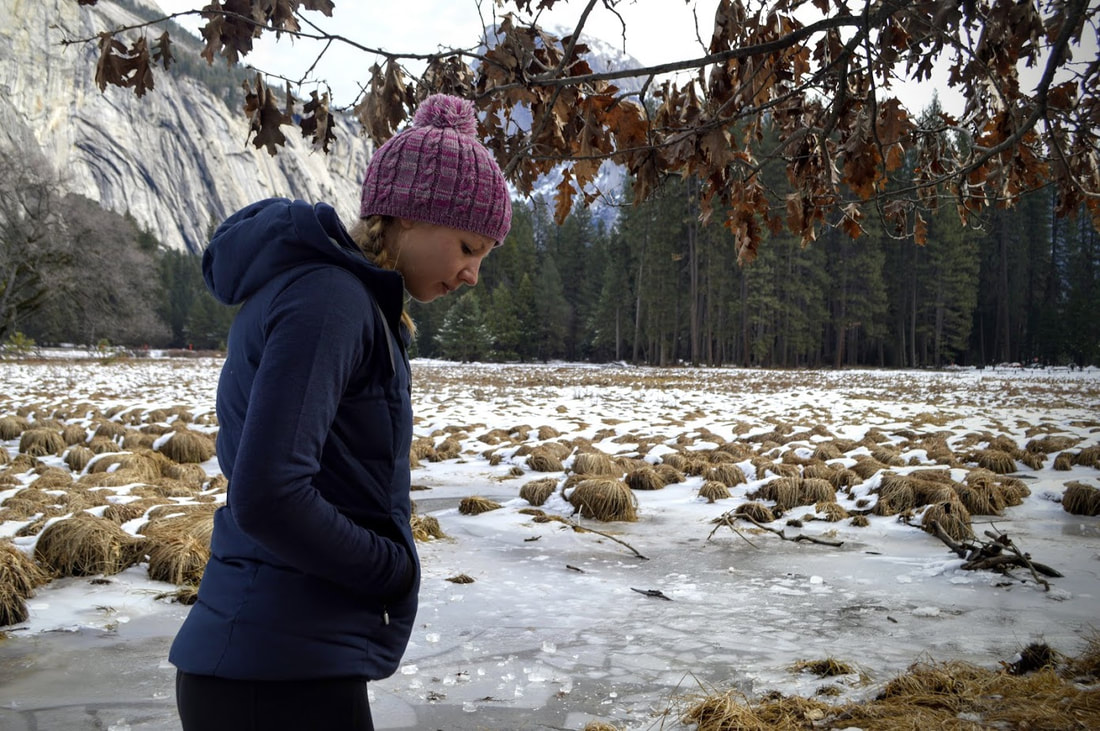
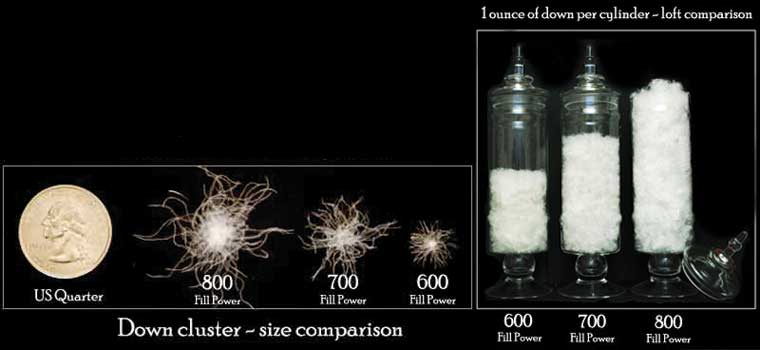
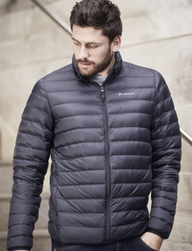
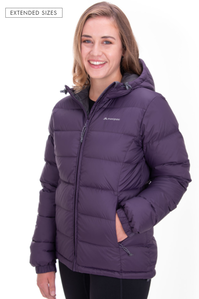
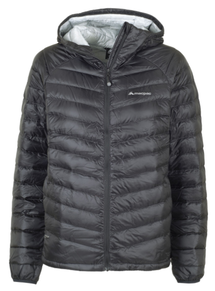
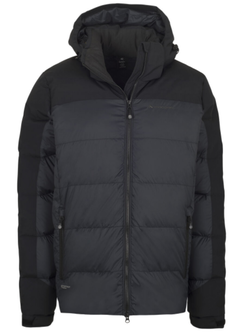
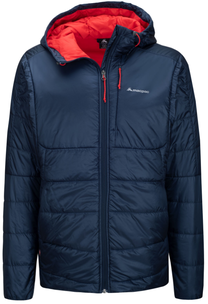
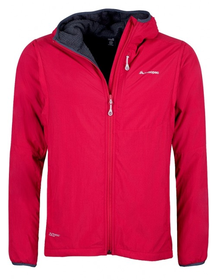
 RSS Feed
RSS Feed